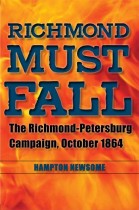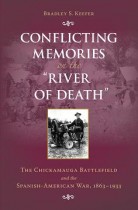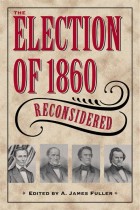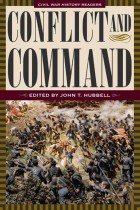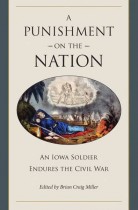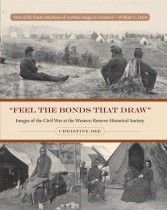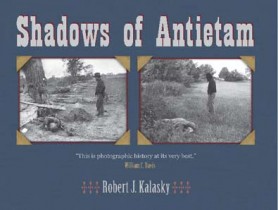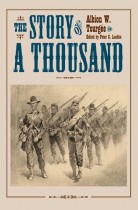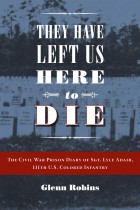Race and Recruitment
John David Smith | Filed under: Civil War Era, Civil War History Readers, Discover Black History, History, Understanding Civil War History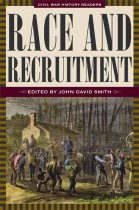
“Race and Recruitment pulls readers right into the middle of the most important scholarly conversations about race, slavery, and the Civil War that have taken place over the last half century. Each of these sixteen essays has stood the test of time, asking the big questions and offering the answers that have forever changed the way historians talk about the middle of the nineteenth century.

